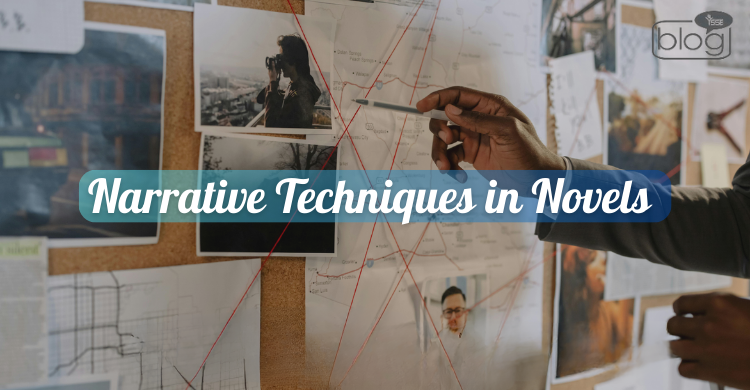Classic books are like hidden treasures. They tell tales that have lasted for centuries because of their enduring themes and enduring characters. For example, Heathcliff from Wuthering Heights is an enduring character, and obsession is an enduring theme in that novel. These themes and characters attract the readers. The way authors tell the stories makes the stories ageless. You have already experienced the power of storytelling approaches if you have ever been engrossed in a novel’s world or affected by a character’s journey.
Analyzing narrative strategies may give ancient stories fresh vitality whether you’re reading for pleasure or for a class. We’ll delve further into these techniques in this blog so you can understand the craft of classic novels in addition to enjoying them.
1. Understand the Narrator’s Role
Classic novels frequently feature distinctive narrators who shape the plot. Though there are three types of narrators in literature, second-person narratives are the least common. Authors mostly prefer to use first-person and third-person narrators. For instance, in Jane Eyre, the first-person narrative, which is Jane, has been used. The story progresses through Jane’s eyes and realizations. First-person narratives make personal connections with the readers. As readers, we feel more connected to the protagonist and feel their difficulties and pains. On the contrary, third-person narratives give an overall view of the picture. In this case, the narration is less biased. For example, Charles Dickens’ books are mostly written from an omniscient narrator’s point of view, which gives the readers an overview of the whole picture.
Consider- why the author selected this particular narrator. In what ways does it influence the narrative style?
2. Look for Symbolism and Imagery
Authors use symbols, images, and motifs to invoke meanings. For example, in Wuthering Heights, Brontë used the moors as symbols to symbolize the protagonists’ uncontrolled and wild emotions. Keep an eye out for repeating elements, scenes, or even hues.
Consider these- what does this symbol stand for? How does it relate to the desires or difficulties of the characters? In what ways can visuals support themes or establish mood?
3. Analyse the Structure of the Story
A story’s structure can tell you a lot about what it means. While some novels experiment with time through parallel narratives or flashbacks, others adhere to a strict chronological order. For instance, Frankenstein employs a frame narrative, which consists of several layers of storytelling that give the story depth and viewpoint.
Consider- why does the author choose this structure? Does it draw attention to significant issues or heighten suspense? In what ways does the framework influence how you interpret the events or characters?
4. Pay Attention to Dialogue and Characterisation
Characters’ relationships and personalities can be inferred from their speech and interactions. For instance, Elizabeth’s clever conversation in Pride and Prejudice demonstrates her brilliance and independence, whereas Mr. Darcy’s more subdued speech suggests his internal conflicts.
Consider- variations in the speech patterns of characters according to their feelings or social standing. What tensions or relationships are revealed by the talk? How the characters are shaped by the author throughout the book.
5. Examine Themes and Motifs
Universal themes like love, power, identity, and morality are frequently explored in classic books. Frequently, motifs, expressions, or symbols are used to support these themes. For instance, the sea’s recurrent theme in Moby-Dick ties into themes of obsession and the human battle against nature by reflecting both its beauty and danger.
Consider the following- which topics are most prominent in the book? In what ways are these themes supported by motifs? In what ways do the themes relate to the story’s historical or cultural setting?
Analyzing the narrative techniques used in novels is more than simply an academic exercise. It’s like uncovering the layers of a work to discover what makes it timeless. The more you analyze elements like structure, symbolism, and point of view, the more you’ll recognize the words’ creative power.
To read these types of blogs, click here.
Writer
Mariam Mardia,
Intern, Content Writing Department
YSSE

